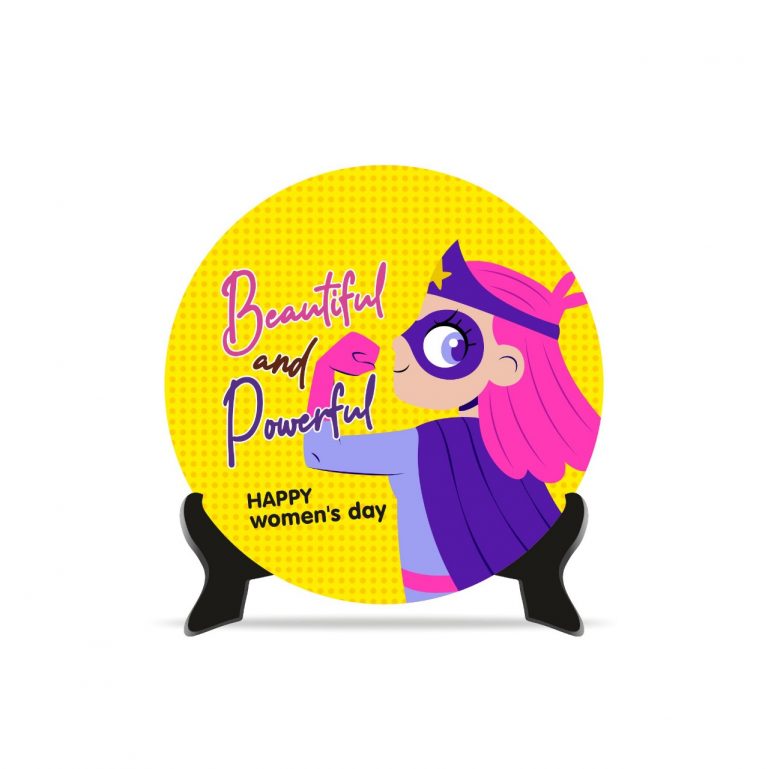The term “diversity and inclusion” has become a familiar refrain in corporate corridors, often appearing in mission statements and annual reports. Yet, to truly embody its spirit, we must look beyond surface-level demographics and intentionally cultivate workplaces that embrace every individual, in their entirety. Nowhere is this commitment more profoundly tested and rewarded than in the hiring and integration of people with disabilities. This is not merely a box to be checked on a corporate responsibility checklist; it is a strategic and moral imperative that redefines what it means to build an inclusive, resilient, innovative, and truly human organization.
The Business Case for Inclusive Hiring
The argument for inclusive hiring is both a moral and a business one. Globally, a staggering number of people, over a billion live with some form of disability. To ignore this vast and diverse talent pool is to willingly operate with one hand tied behind our backs. By systematically excluding individuals with disabilities, we are not only perpetuating social inequities but also forfeiting a wealth of unique perspectives, problem-solving skills, and a tenacity born from navigating a world not always built for them.
From the individual’s perspective, meaningful employment is a gateway to independence, self-worth, and social integration. It transforms them from recipients of aid into active contributors to the economy and society. For businesses, the benefits are equally compelling. Inclusive teams are demonstrably more innovative, as diverse lived experiences lead to novel approaches and creative solutions. Employee morale and engagement skyrocket in environments where every individual feels seen, valued, and included. This commitment to inclusivity also resonates deeply with customers and stakeholders, burnishing the organization’s reputation and building a loyal, brand-conscious community.
Overcoming Barriers to Employing Disabled People
While the benefits are clear, the path to an inclusive workforce is not without its hurdles. These challenges are often less about infrastructure and more about mindset. The lingering specter of stigma and unconscious bias continues to be a formidable barrier. Misconceptions about a person’s capabilities, their ability to perform a job, or the perceived “difficulty” of accommodating them often cloud judgment and close doors prematurely.
Beyond prejudice, practical challenges loom. Organizations may lack accessible physical and digital infrastructure. HR policies, often built on a one-size-fits-all model, can inadvertently create exclusionary practices. The fear of the unknown, of not knowing how to support an employee with a disability, can lead to inaction. These are not insurmountable obstacles but rather calls for a proactive, empathetic, and informed approach.
In today’s evolving landscape, compliance and security go hand in hand, especially for industries managing critical infrastructure. Frameworks like the NERC CIP standards play a crucial role in safeguarding operational technology and ensuring the reliability of essential services. By adhering to these guidelines, organizations not only strengthen their cybersecurity posture but also create safer, more resilient workplaces for all employees.
A Spectrum of Ability: Redefining the Workforce
To craft an inclusive strategy, we must first understand the vast spectrum of disabilities. A disability is not a monolithic identity but a diverse landscape of conditions, each with unique considerations. This includes:
- Physical Disabilities: Impairments affecting mobility, such as cerebral palsy or spinal cord injuries, or conditions that impact dexterity and stamina.
- Sensory Disabilities: Visual impairments, ranging from low vision to blindness, and hearing impairments, from partial hearing loss to deafness.
- Cognitive Disabilities: Conditions like dyslexia, ADHD, or autism spectrum disorder that affect how people process information, learn, and interact with the world.
- Chronic Health Conditions: Invisible disabilities such as diabetes, epilepsy, or multiple sclerosis, which may require specific accommodations or flexible work arrangements.
- Mental Health Conditions: Conditions like depression or anxiety, which are increasingly recognized as disabilities in the workplace and require a supportive, stigma-free environment.
Related Posts
The key is to move beyond labels and focus on an individual’s skills, strengths, and potential contributions. The conversation should pivot from “Can they do this job?” to “How can we create an environment where they can excel?”
Cultivating an Inclusive Culture: Training for Success
True inclusion cannot be legislated; it must be cultivated. A critical component of this cultivation is targeted training for the entire organization.
- Disability Awareness and Etiquette Training: This goes beyond simple politeness. It’s about equipping employees with the knowledge to interact respectfully and confidently, debunking myths, and fostering an environment of genuine understanding.
- Reasonable Accommodation Training: For managers and HR professionals, this training is crucial. It provides the legal and practical framework for making necessary adjustments to job roles, workspaces, and technology, ensuring that no employee is left behind due to a lack of support.
- Inclusive Leadership Training: Leaders must be equipped to champion this cause, to lead with empathy, and to model the behavior that creates a truly welcoming and supportive culture.
Inspiring Examples: Companies Championing Disability Inclusion
The journey toward an inclusive workforce is already underway, with trailblazing organizations setting the standard.
In India:
- Lemon Tree Hotels stands as a beacon of what is possible. They have not only integrated individuals with hearing and speech impairments but have built their entire operational model around it, proving that exceptional hospitality and profound inclusion can coexist beautifully. Their example demonstrates that disability is not a limitation to service excellence but a different lens through which to achieve it.
- Mirakle Couriers shatters stereotypes by employing deaf individuals as their delivery personnel. By leveraging their strong visual skills and providing them with specialized training, they have created a highly efficient and reliable courier service, proving that a person’s abilities, not their perceived limitations, should be the foundation of their role.
Internationally:
- SAP’s “Autism at Work” program is a masterclass in leveraging neurodiversity. Recognizing the unique cognitive strengths often associated with autism, such as pattern recognition, attention to detail, and a logical approach, SAP has successfully integrated individuals into roles ranging from software testing to data analytics, proving that different ways of thinking are a competitive advantage.
- Microsoft has made accessibility a cornerstone of its innovation strategy, not just a feature. From accessible gaming controllers to software with built-in accessibility features, their commitment extends both to their products and their people, demonstrating that inclusive design benefits everyone.
These organizations are not just hiring people with disabilities; they are reimagining the very structure of work itself. They are proving that an inclusive workforce is not an act of charity but a powerful catalyst for innovation, growth, and a more equitable society. By embracing this vision, organizations can move beyond the buzzword and truly build a workforce as diverse, dynamic, and resilient as the world we inhabit.
Conclusion: The Future is Inclusive
The journey towards truly inclusive workplaces is an ongoing one, but it is a journey we must collectively embark upon with conviction and courage. By dismantling barriers, challenging preconceptions, and actively seeking out the rich tapestry of talent that individuals with disabilities offer, organizations can move beyond mere compliance to genuine empowerment. This isn’t just about doing good; it’s about doing better business, fostering innovation, and building a more equitable and prosperous future for everyone. Let us champion this cause, not as an act of charity, but as a recognition of invaluable human potential.










